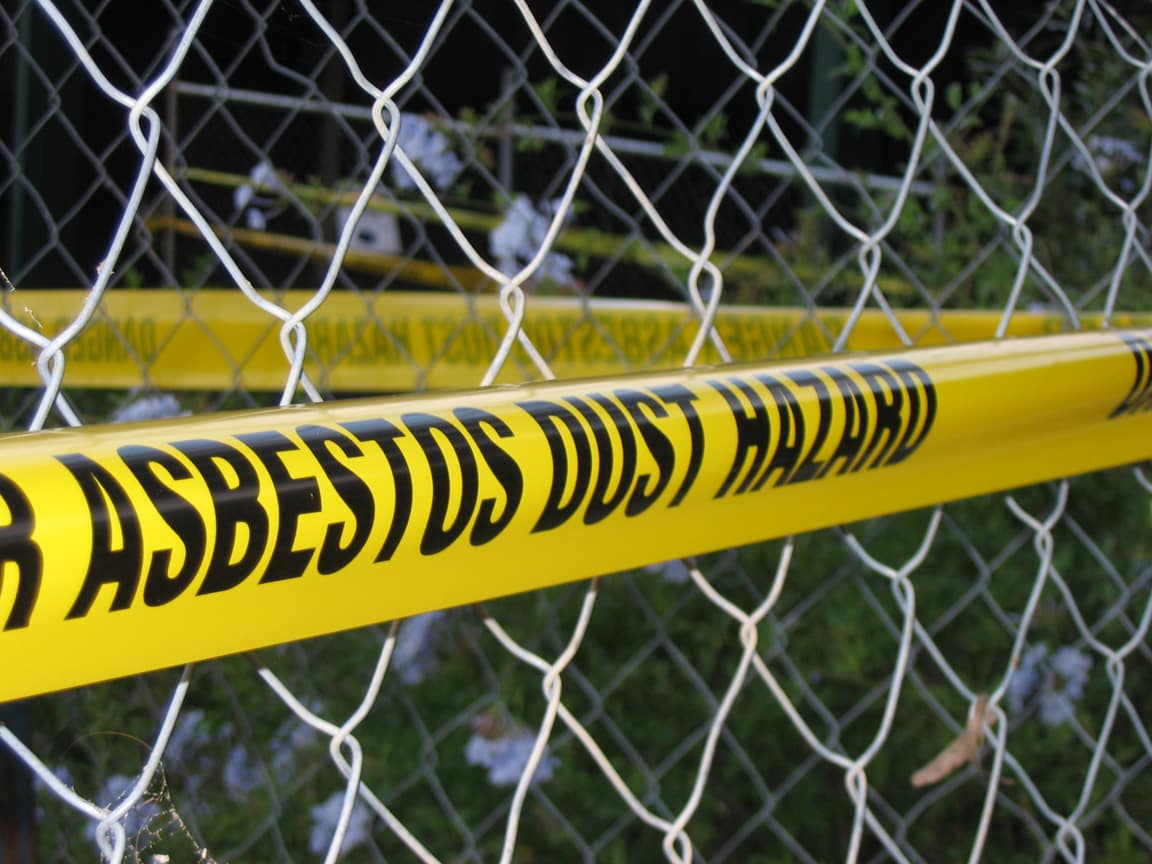Important Things to Know About Asbestos Removal
Is your home built with materials containing asbestos? Don't panic. It pays to be informed about this stuff, so here are some facts about asbestos removal.

Asbestos removal is a delicate procedure. Before you hire someone for this job, it’s essential to know the necessary facts about this process. After all, there are serious health risks when you get exposed to asbestos.
What is asbestos?
Asbestos refers to naturally occurring fibrous silicate materials. Its fibres are so much thinner than a strand of human hair, so they can easily float in the air. When inhaled, these small fibres can cause major health hazards.
From the 1940s up to the 1980s, materials containing asbestos were commonly used in building Australian homes. If your house was built during this period, you might want to have it checked so that you can get any asbestos removed immediately.
How can building materials be tested for asbestos?
The National Association of Testing Authorities (NATA) can help you find laboratories that can get samples and verify if the materials contain asbestos. You can also try seeking the advice of registered asbestos removalists and hygienists.
Asbestos contractor and asbestos assessor: What’s the difference?
Asbestos contractors are the experts at removing asbestos. There are two types of licences for them: class A and class B. If a removalist has a class A licence, it means that he/she can get rid of friable asbestos. Meanwhile, a class B licence is designated to a contractor who is trained to remove bonded asbestos.
Asbestos assessors are tasked to carry out clearance inspections and air monitoring, and they can issue clearance certificates too. They should also have asbestos assessor licences before performing any of these tasks.
What should be done if asbestos is accidentally broken?
If you accidentally break something containing asbestos, follow these steps:
1. Use a damp cloth or paper towel to wipe the dust-up. Immediately put the cloth or towel inside two plastic bags, and don’t forget to tie them up before putting them in your garbage bin. Never use a vacuum cleaner, as it may cause more asbestos fibres to get in the air.
2. If the material containing asbestos has cracks, you could try sealing them with PVA glue or paint. But if you’re dealing with more serious damage, make sure to replace the entire sheet and properly dispose of the old one.
What is the proper way to dispose of asbestos?
Each local council has its own rules regarding asbestos disposal. Check with your local council to know where you can take your asbestos waste. If you want to avoid the hassle of driving to the council’s approved site, you could try contacting a rubbish removal company to collect your asbestos waste.
Other important facts
Homeowners are legally allowed to remove asbestos, but this practice is not recommended as it can be very risky. It’s always best to hire a trained asbestos removalist because you’re assured that the task is done safely and properly. You can still hire an unlicensed tradesman to remove non-friable asbestos if the area is less than 10m2, and the job wouldn’t require more than an hour to complete.